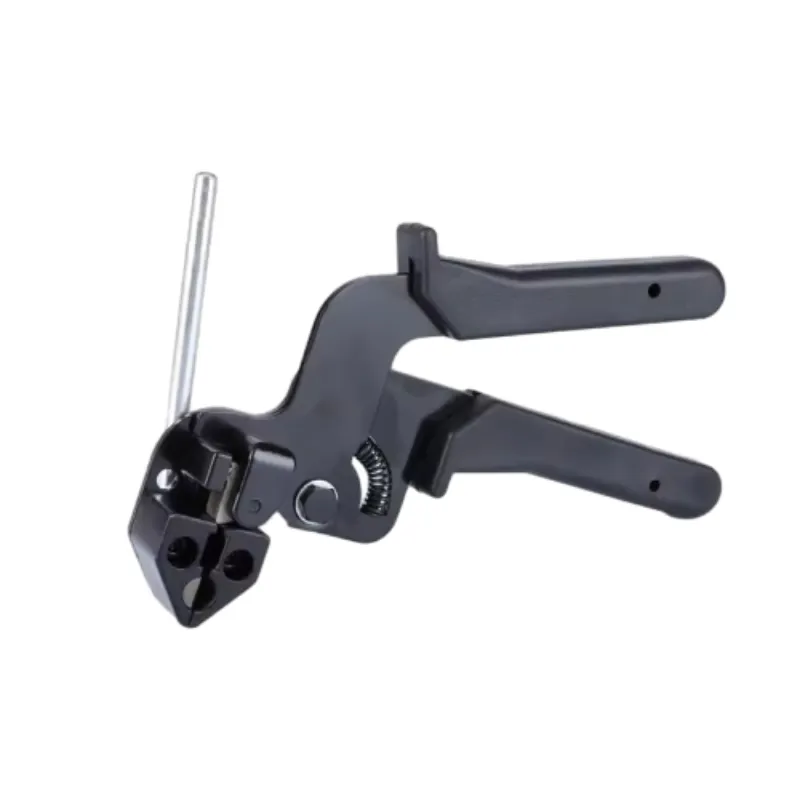
-
 Afrikaans
Afrikaans -
 Albanian
Albanian -
 Amharic
Amharic -
 Arabic
Arabic -
 Armenian
Armenian -
 Azerbaijani
Azerbaijani -
 Basque
Basque -
 Belarusian
Belarusian -
 Bengali
Bengali -
 Bosnian
Bosnian -
 Bulgarian
Bulgarian -
 Catalan
Catalan -
 Cebuano
Cebuano -
 Corsican
Corsican -
 Croatian
Croatian -
 Czech
Czech -
 Danish
Danish -
 Dutch
Dutch -
 English
English -
 Esperanto
Esperanto -
 Estonian
Estonian -
 Finnish
Finnish -
 French
French -
 Frisian
Frisian -
 Galician
Galician -
 Georgian
Georgian -
 German
German -
 Greek
Greek -
 Gujarati
Gujarati -
 Haitian Creole
Haitian Creole -
 hausa
hausa -
 hawaiian
hawaiian -
 Hebrew
Hebrew -
 Hindi
Hindi -
 Miao
Miao -
 Hungarian
Hungarian -
 Icelandic
Icelandic -
 igbo
igbo -
 Indonesian
Indonesian -
 irish
irish -
 Italian
Italian -
 Japanese
Japanese -
 Javanese
Javanese -
 Kannada
Kannada -
 kazakh
kazakh -
 Khmer
Khmer -
 Rwandese
Rwandese -
 Korean
Korean -
 Kurdish
Kurdish -
 Kyrgyz
Kyrgyz -
 Lao
Lao -
 Latin
Latin -
 Latvian
Latvian -
 Lithuanian
Lithuanian -
 Luxembourgish
Luxembourgish -
 Macedonian
Macedonian -
 Malgashi
Malgashi -
 Malay
Malay -
 Malayalam
Malayalam -
 Maltese
Maltese -
 Maori
Maori -
 Marathi
Marathi -
 Mongolian
Mongolian -
 Myanmar
Myanmar -
 Nepali
Nepali -
 Norwegian
Norwegian -
 Norwegian
Norwegian -
 Occitan
Occitan -
 Pashto
Pashto -
 Persian
Persian -
 Polish
Polish -
 Portuguese
Portuguese -
 Punjabi
Punjabi -
 Romanian
Romanian -
 Russian
Russian -
 Samoan
Samoan -
 Scottish Gaelic
Scottish Gaelic -
 Serbian
Serbian -
 Sesotho
Sesotho -
 Shona
Shona -
 Sindhi
Sindhi -
 Sinhala
Sinhala -
 Slovak
Slovak -
 Slovenian
Slovenian -
 Somali
Somali -
 Spanish
Spanish -
 Sundanese
Sundanese -
 Swahili
Swahili -
 Swedish
Swedish -
 Tagalog
Tagalog -
 Tajik
Tajik -
 Tamil
Tamil -
 Tatar
Tatar -
 Telugu
Telugu -
 Thai
Thai -
 Turkish
Turkish -
 Turkmen
Turkmen -
 Ukrainian
Ukrainian -
 Urdu
Urdu -
 Uighur
Uighur -
 Uzbek
Uzbek -
 Vietnamese
Vietnamese -
 Welsh
Welsh -
 Bantu
Bantu -
 Yiddish
Yiddish -
 Yoruba
Yoruba -
 Zulu
Zulu


Dec . 04, 2024 16:17 Back to list
flat wire belt
The Versatility of Flat Wire Belts in Modern Industry
Flat wire belts have emerged as an essential component in various industrial applications, owing to their unique design and numerous advantages. Made from high-quality materials such as stainless steel, carbon steel, and other alloys, flat wire belts offer an unmatched combination of durability, flexibility, and efficiency. This article explores the features, applications, and benefits of flat wire belts in modern industrial settings.
Design Features
Flat wire belts consist of interwoven flat wires that create a continuous, flat surface. This design allows the belts to conform easily to various shapes and substrates, making them ideal for applications requiring precision and reliability. The flat surfaces reduce the risk of product damage or slipping, ensuring safe and efficient handling of materials. The spacing between the wires can also be customized to allow for optimal airflow and drainage, making them perfect for processes that involve cooling or drying.
Applications Across Industries
Flat wire belts are utilized in a multitude of industries, including food processing, manufacturing, and logistics. In the food industry, these belts facilitate the movement of products through various stages of processing, such as baking, freezing, and packaging. Their ability to withstand high temperatures and corrosive environments makes them suitable for handling hot baked goods and frozen items without compromising integrity.
In manufacturing, flat wire belts are commonly used in assembly lines and as conveyor systems
. Their flat surface ensures a stable platform for products, reducing the likelihood of jams or misalignments. Moreover, they can be configured for angled applications, allowing for greater flexibility in production workflows.flat wire belt

The logistics sector also benefits from flat wire belts by utilizing them in sorting systems and automated machinery. These belts enable smooth transitions between different components of the logistics chain, ensuring that products are efficiently moved from one point to another, thus optimizing overall operational efficiency.
Advantages of Flat Wire Belts
One of the standout advantages of flat wire belts is their durability. Unlike traditional fabric or rubber belts, flat wire belts are resistant to wear and tear, ensuring a longer service life. This reliability leads to lower maintenance costs and increased productivity, as facilities experience fewer downtimes due to equipment failures.
Moreover, their open design allows for superior ventilation and drainage, making them ideal for processes that involve liquids or moisture. This feature not only aids in temperature regulation but also enhances hygiene standards, crucial in industries where cleanliness is paramount, such as food processing.
Another significant benefit is the ease of customization. Flat wire belts can be tailored to specific needs, including modifications in length, width, and wire spacing. This adaptability allows manufacturers to optimize their equipment for unique applications, ensuring that they meet the specific demands of their processes.
Conclusion
In summary, flat wire belts have established themselves as a backbone of industrial operations across various sectors. Their unique design, versatility, and numerous advantages make them an indispensable tool for enhancing efficiency and productivity in today’s demanding industrial environments. As technology continues to evolve, it is likely that the applications and innovations surrounding flat wire belts will expand even further, solidifying their status as a critical component in modern manufacturing and processing.
Latest news
What Are Construction Tools and How Are They Used?
NewsJul.11,2025
Professional-Grade Duct Rodding Tools for Superior Cable Installation
NewsJul.11,2025
Enhancing Safety and Efficiency with Modern Hot Stick Solutions
NewsJul.11,2025
Empowering Cable Installation with Advanced Rodder Solutions
NewsJul.11,2025
Elevate Your Cable Installation Projects with Cable Pulling Tools
NewsJul.11,2025
Efficient Cable Handling Solutions: Cable Rollers for Sale
NewsJul.11,2025











